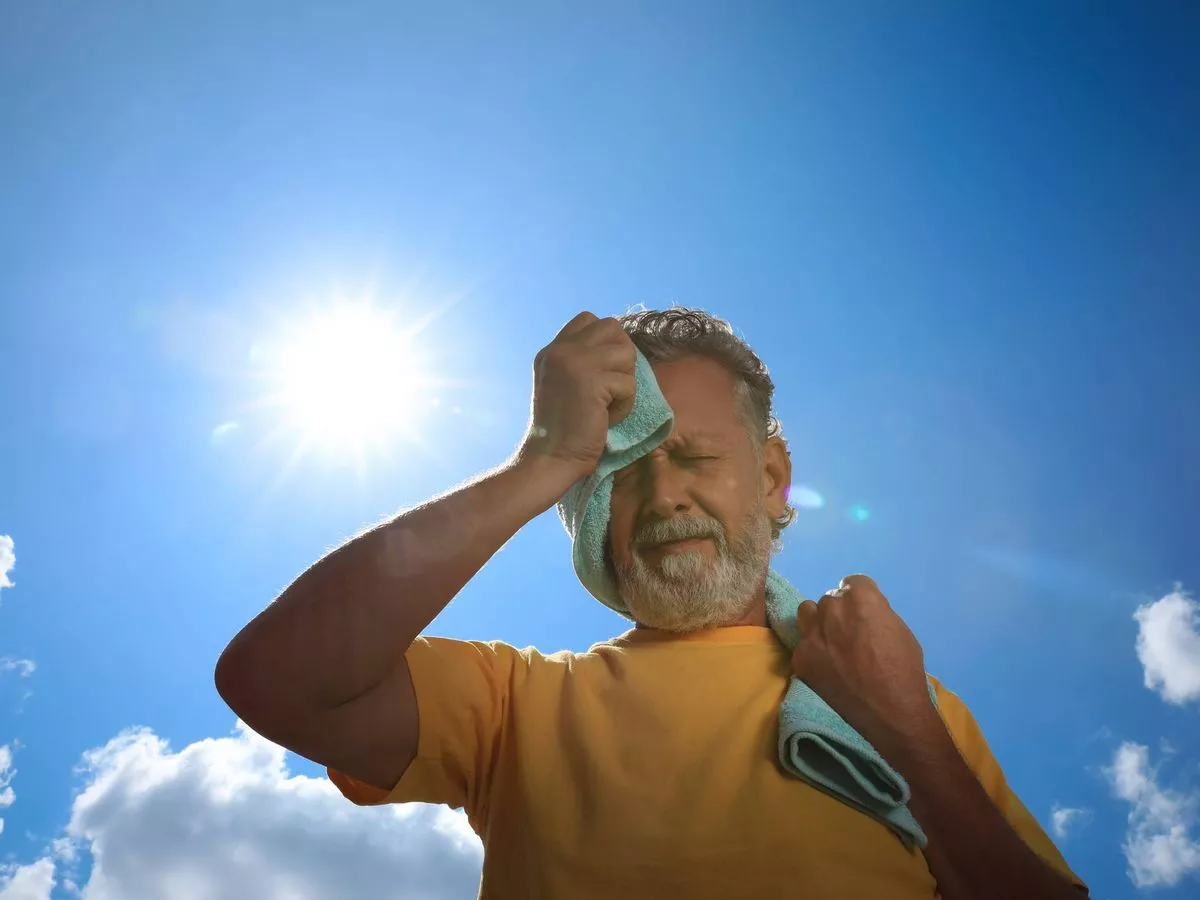By Andrea Oldereide Ella Kipling
With the mercury set to soar as high as 35 degrees in certain parts of the UK this week, both the Met Office and the UK Health Security Agency (UKHSA) have issued amber heat-health warnings. The regions most impacted include the West Midlands, Yorkshire and the Humber, East Midlands, South East, South West, London, and the East of England. Dr Agostinho Sousa, Head of Extreme Events and Health Protection at UKHSA, urged the public to take “sensible precautions while enjoying the sun” and to keep an eye on family, friends, and neighbours who are more vulnerable. He warned that “the temperatures we are likely to see over the next few days can result in serious health outcomes across the population”. But how can we identify if we, or someone we know, might be suffering from heat stroke? Dr Javier Mateos Delgado, a specialist in Family and Community Medicine and coordinator of the emergency unit at Medina del Campo Hospital in Valladolid, informed Spanish media outlet Ondacero that “there are early and subtle neurological” signs to watch out for. He highlighted that initial symptoms could include slurred or incoherent speech, slight confusion, irritability or agitation. Other warning signs could be loss of balance, blurred vision, or disorientation, reports Surrey Live . Muscle cramps, especially if they occur at night or after physical activity, even after rehydration, are a key indicator. Dr Mateos Delgado stated: “The first symptoms are usually a feeling of intense heat, dizziness and weakness. “You have to learn to listen to your body. At this point you should seek shade, rest and drink plenty of fluids.” The NHS clarifies that heat exhaustion typically doesn’t require immediate medical attention if you are able to cool down within half an hour; however, it can progress into heatstroke, which is an emergency condition. The common indicators of heat exhaustion as outlined by the NHS are nausea or vomiting, dizziness, headaches, intensive sweating, muscle cramps, rapid breathing, high body temperature, intense thirst, and general weakness. Should you find it difficult to alleviate symptoms of heat exhaustion, the NHS suggests calling 111 for guidance, but in cases that involve heatstroke symptoms, dialling 999 becomes imperative. Symptoms signalling heatstroke include skin that feels hot and looks red yet doesn’t sweat, a rapid pulse, confusion, experiencing seizures, losing consciousness, and feeling exceptionally unwell. Dr Mateos Delgado stressed the importance of providing first aid to anyone exhibiting heatstroke symptoms while awaiting professional medical assistance. It’s essential to move them to a cooler environment, make sure they are hydrated, and attempt to lower their body temperature by dampening their skin or using cold compresses on their armpits or neck. He underscored prevention as paramount and observed that although many know what preventative measures to take against heatstroke, such guidelines are frequently overlooked. He stated: “The problem is not usually that we don’t know them, but that we don’t do them. “Avoid exercise or exposure at times of high sun exposure, drink fluids, look for cool places.” The UKHSA recommends steering clear of the sun during its most intense hours from 11am to 3pm and advises to keep homes cool by drawing curtains and closing windows in rooms that get direct sunlight. Additionally, it suggests donning appropriate attire such as a sun hat and sunglasses, and crucially, applying sunscreen. The advice extends to hydrating adequately, staying in contact with relatives and acquaintances, and familiarising oneself with signs of heat stroke and heat exhaustion. While everyone can be affected by severe heat, certain groups are especially vulnerable, including the over 65s, children under five years, individuals with medical conditions like cardiovascular and respiratory diseases, dementia, or diabetes, plus those on specific drugs. Others at heightened risk include individuals with notable mental health issues, people who are already sick, individuals reliant on alcohol or substances, those without homes, individuals who live solo, and outdoor workers.
